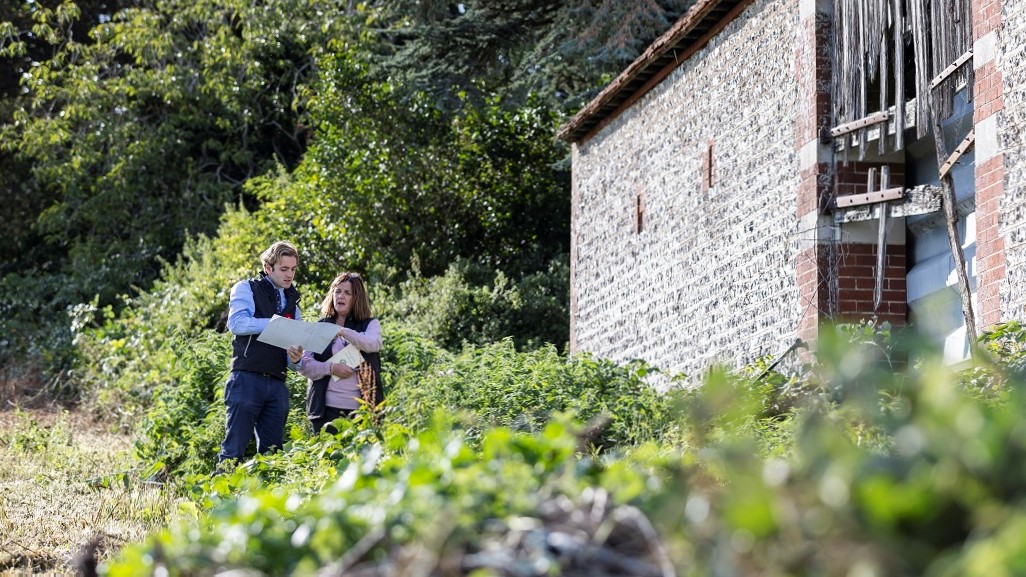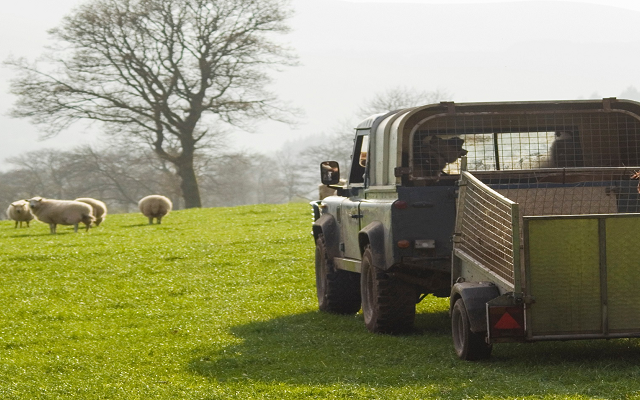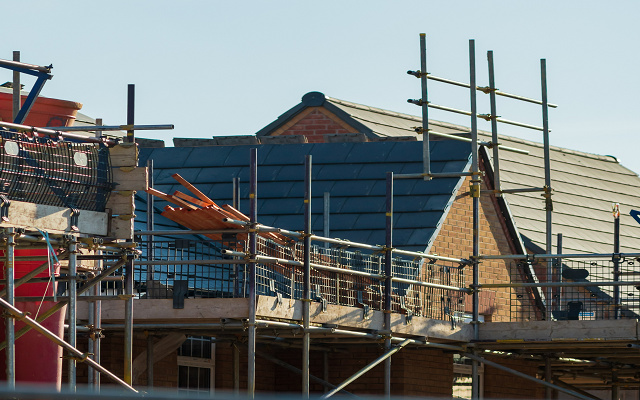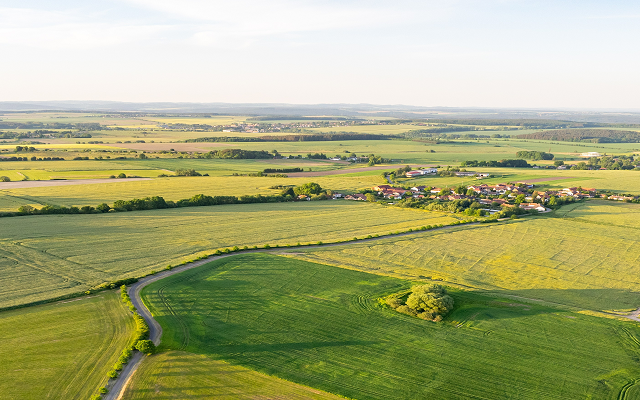In the Know: Changes to Permitted Development Rights
A number of changes to existing Permitted Development Rights (PDRs) will apply from 21 May 2024 in England and Wales.
These concern the change of use of agricultural buildings to residential (Class Q) and commercial (Class R), and there are increases in the allowances for new agricultural buildings (Part 6 Class A and Class B). These follow from a consultation by the Department of Levelling up, Housing and Communities in Summer 2023.
The use of PD rights to convert buildings is worth considering if looking to maximise the value of rural property, as part of a strategy to build business resilience through the generation of a rental income stream or to raise capital which can be invested elsewhere. The creation of new homes also helps to address the shortage in rural housing which can be a barrier to growth for some rural businesses.
What’s changing with Class Q?
There are several changes affecting the use of Class Q PD rights, which allow for agricultural buildings to be changed to residential. Class Q rights were first introduced in 2014 and have been a valuable tool for landowners to convert old barns, sheds and grain stores without needing to apply for full planning permission.
There is an extension of Class Q to cover former agricultural buildings which are no longer part of an established agricultural unit. This will give farmers and landowners the opportunity to convert outlying buildings which has previously been against the rules. The requirement for buildings to have been used solely for agricultural use has also been removed in instances where that building is part of an established agricultural unit.
It will now also allow the creation of up to ten dwellings with a maximum cumulative floor space of 1,000m2 (previously the number of dwellings was limited to five with a maximum floor space of 865m2).
However, there has been a reduction in the maximum floor space for any one property. Previously, it had been possible to have one property with a floor space of up to 465m2, but a maximum limit of 150m2 has been introduced for any of the houses created.
Other changes include allowing a single-storey rear extension of up to 4m to be added to a building as part of the change of use. There are conditions, such as the extension must be located on an existing hard surface, but this should open up new opportunities for smaller buildings to be converted.
Transitional arrangements will allow a property owner who would prefer to apply under the old Class Q guidelines to do so until the end of 20 May 2025.
Class Q developments will still need to be completed within 3 years of prior approval.
The new rules also make it clear that they prohibit the conversion of a building without an existing suitable access to a public highway.
Have all the changes proposed to Class Q in the 2023 consultation been given the green light?
One of the most controversial aspects of last year’s consultation was the suggestion that Class Q rights should be extended to Protected Landscapes, which cover Conservation Areas, Areas of Outstanding Natural Beauty and National Parks. This idea has been rejected following representations from a range of stakeholders who claimed it could open the door to inappropriate development. This is a decision which landowners in those areas may well see as frustrating.
It had also been proposed that equestrian buildings should be eligible for Class Q, but this too has not been implemented.
What are the changes for Class R?
Class R is the PD right which allows landowners to convert buildings from agricultural to commercial use. In addition to being able to convert to general industrial, storage, distribution, hotel and commercial use, property owners will also be able to diversify into sport and recreational uses.
The maximum floor space has also been increased from 500m2 to 1000m2.
There are no transitional arrangements for Class R.
Class R developments need to begin within 3 years of gaining prior approval.
What’s changed in terms of agricultural development?
The size limit for new agricultural buildings has been increased. For farms over 5ha (where Class A PD rights apply) then the size limit has been increased from 1,000m2 to 1,500 m2. For farms of less than 5ha (covered by Class B) then the size limit has been increased to 1,250m2.
Have there been any other recent changes to PD rights?
Class MA permits the change of use of commercial, business and service buildings to dwellings. From 5 March 2024, it has been the case that the commercial building no longer needs to have been vacant for three months before applying and that the limit on the floor space to be converted has been removed (it was previously 1,500m2). However, other requirements and exclusions remain and should be checked as part of the assessment of whether a building is suitable for change of use.
What about other recent planning changes?
From 25 April 2024 the time limit for local planning authorities to bring enforcement action following a breach of planning controls for residential cases has been extended from four to ten years to match other types of enforcement.
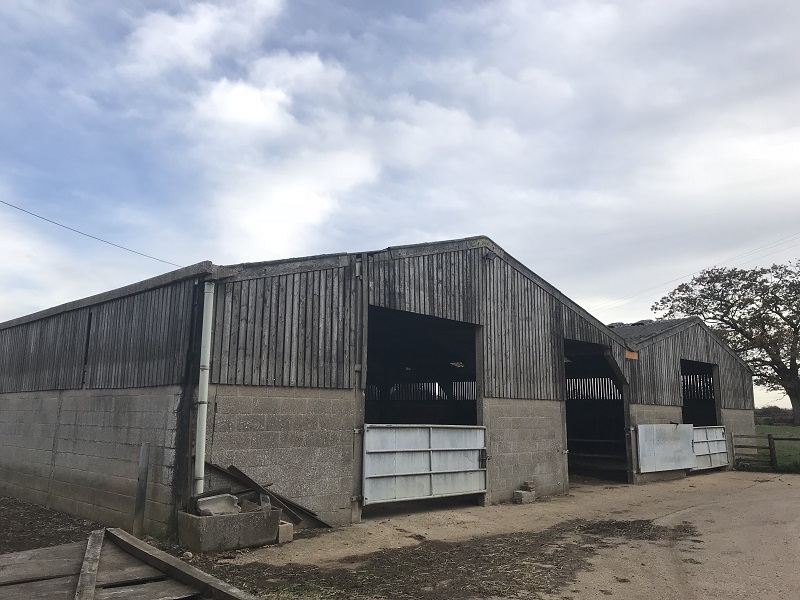
Before Class Q 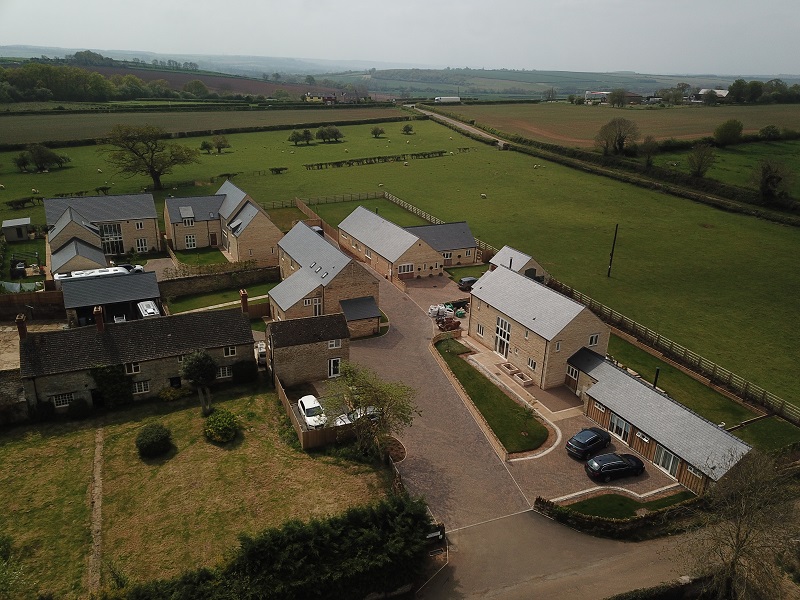
After Hereward Homes
Class Q case study
Our team in Stamford helped a client to secure planning permission for the conversion of two modern agricultural buildings into four dwellings using Class Q provisions.
The buildings were part of a working farmyard situated outside the defined village boundary and on the edge of a Conservation Area. Previous attempts through the Local Plan process to secure planning permission for the farmyard into residential dwellings had been unsuccessful.
Our advice was to prepare two separate Class Q applications for the conversion of two of the buildings into four residential units. This approach was successful and resulted in a significant uplift in the capital value of the site for the landowner. With the principle of development established it has since allowed us to successfully obtain full planning permission to remove the barns subject to the Class Q and replace with four new stone dwellings and the development of another stone barn within the Conservation Area to form a fifth dwelling.
If you would like to know how you might be able to benefit from the use of PD rights then please contact your local office.
This article forms part of our ‘In the Know’ series which sees Strutt & Parker experts share insight and advice to enable farms and estates to improve their business resilience, both from an economic and environmental perspective.
